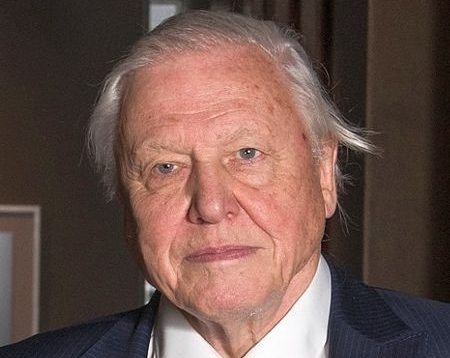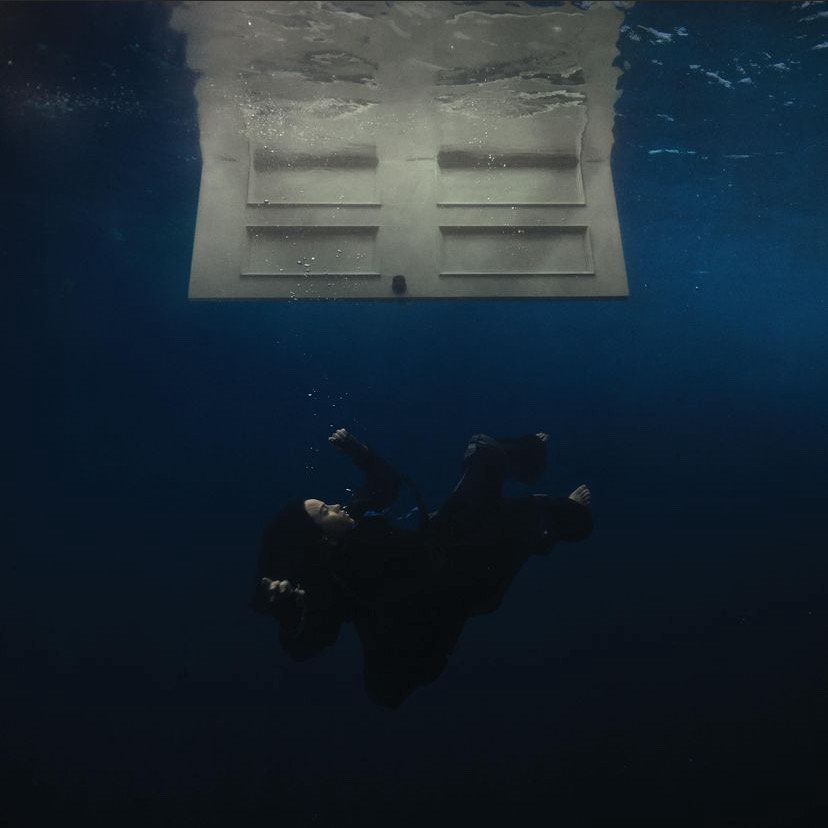
David Attenborough: A Life on Our Planet is a must-watch movie that shows the effects of humanity’s industrial evolution on the environment. The documentary acts as Mr. Attenborough’s witness statement to how the world is getting destroyed in his lifetime, with David Attenborough acting as a mediator between humanity and the natural world. The film first shows humanity’s worst biological and ecological disaster of all time: Chernobyl. This is then compared to another potential ecological disaster: the loss of biodiversity. With action shots of wild animals, aerial pictures of the wilderness, and solemn music, the film demands the viewer’s attention. The documentary follows the life of David Attenborough with scenes showing the population, carbons in the atmosphere, and the percentage of remaining wilderness throughout key moments of humanity and how rapidly those things started to change getting closer to the present day. The documentary continues past the present day to form a call to action with the viewers, showing what will happen if humanity ignores this potential disaster, providing ways we can prevent it: how we eat, farm, produce energy, and protect the oceans. At the end of the documentary, it comes back to Chernobyl and shows how the natural world will find a way to come back, even without humanity’s involvement or if a mass extinction event occurs.
The music in David Attenborough: A Life on Our Planet is ever-present, having a solemn tone throughout most of it, with the entire documentary having slow and classical music. It then adds some flute as it gradually progresses through the start of the film, eventually becoming more uplifting flute music when talking about nations using more renewable energies and stopping altogether in scenes that demand the viewer’s attention.
The visuals of the documentary include action shots of animals, aerial shots of landscapes, and videos of David Attenborough in the past and the present. These all come together to attract the viewer’s attention to how beautiful the Earth is and how much it has changed over the last 70 years. This can be seen especially in a scene that shows Borneo’s rainforest getting depleted over time and halving in size over one lifetime. The scenes that demand the most attention are when the documentary talks about disasters that would happen if we continue to pollute: showing barren wastelands, tornadoes over an area with little life, and desolate cities with no one living in them.
The grand achievement of the documentary David Attenborough: A Life on Our Planet is showing the power humanity has on the planet’s ecosystems and how the loss of biodiversity can cause catastrophic consequences in the present and future and how humanity can fix these mistakes.









